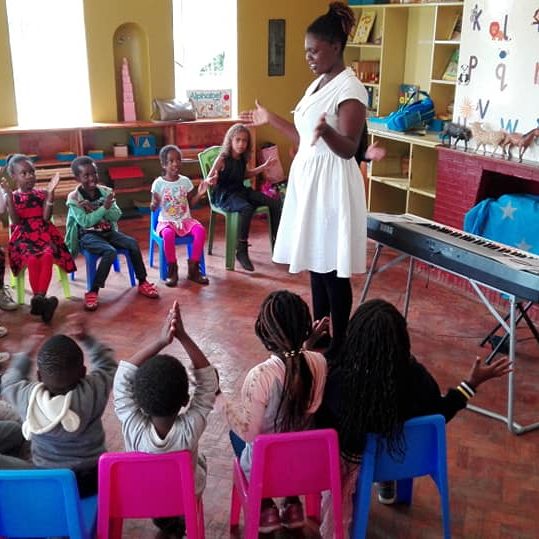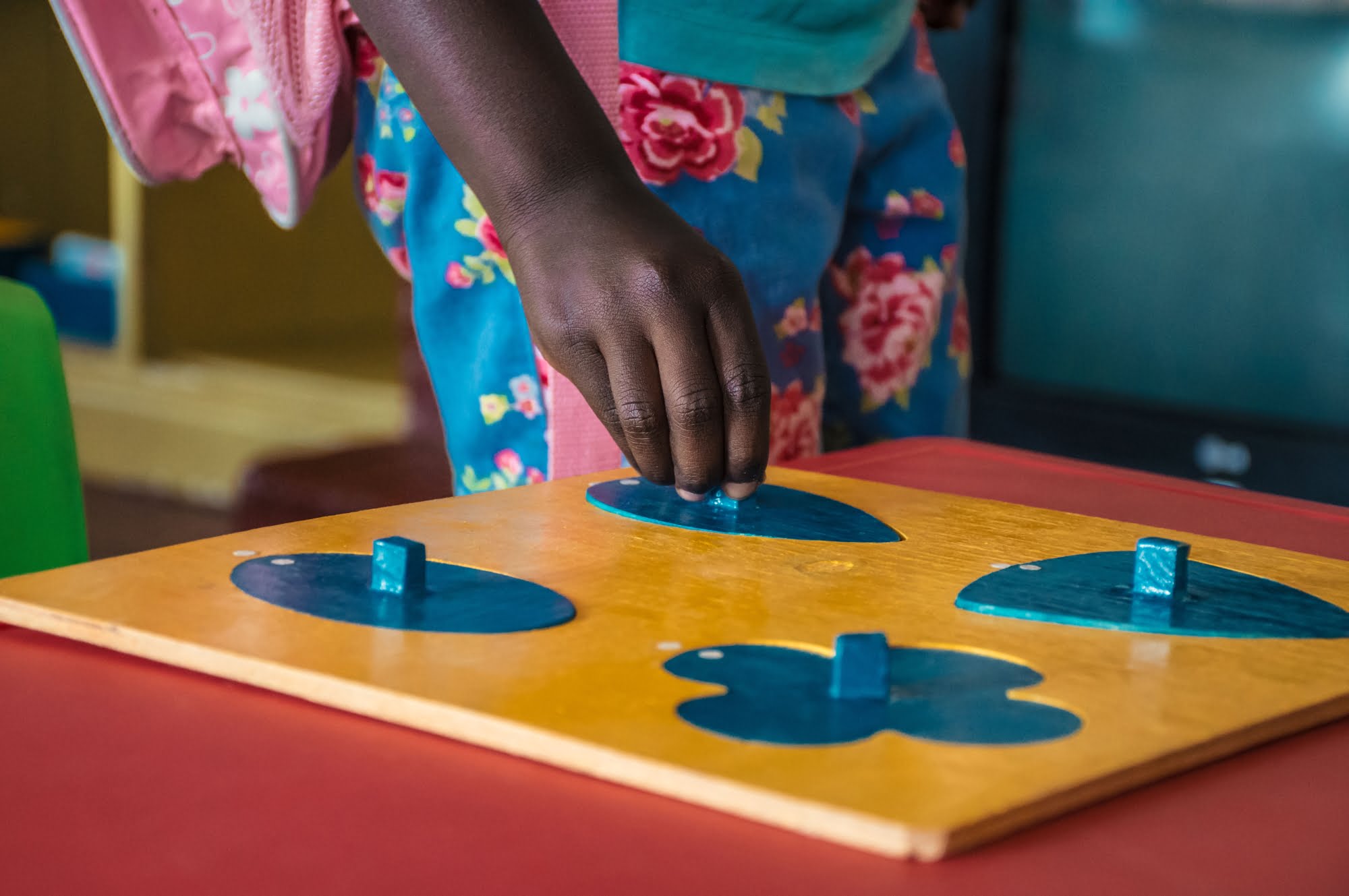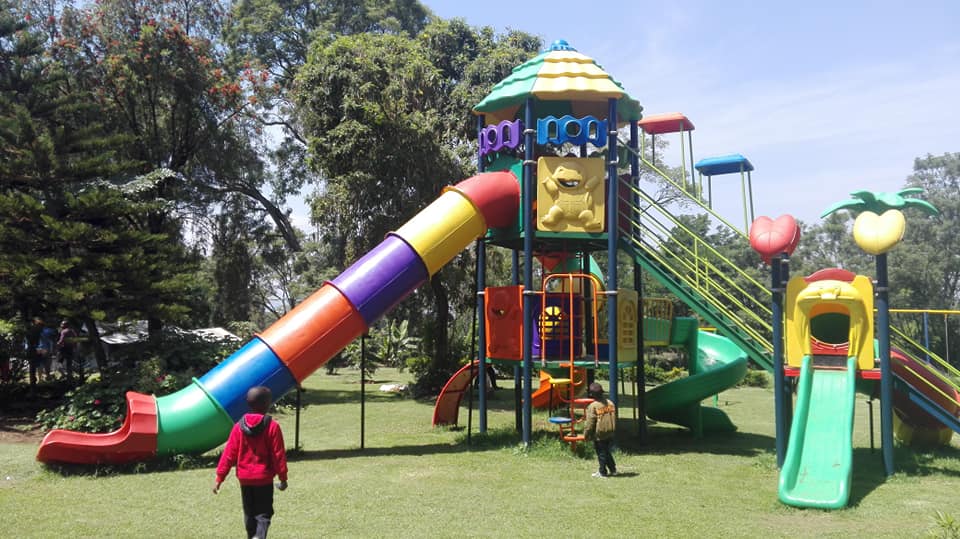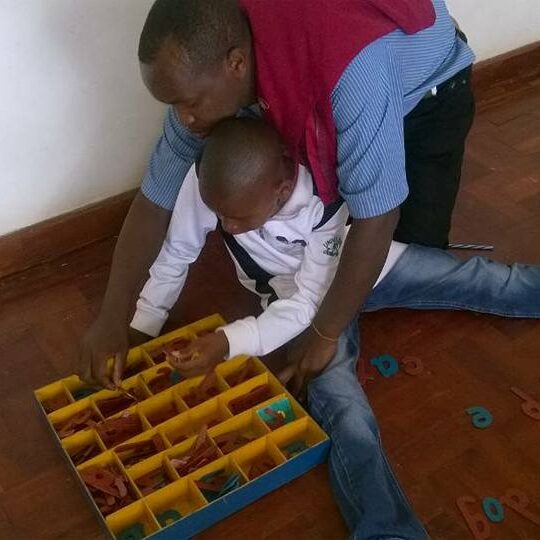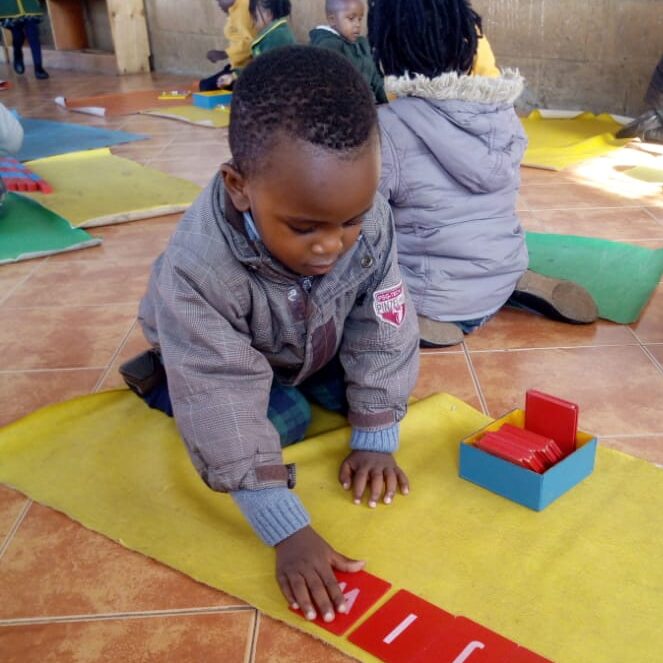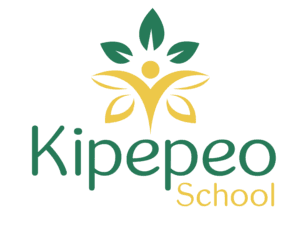Introduction
Storytelling is a timeless art that has been an integral part of human culture since ancient times. Its power to captivate minds and ignite imaginations is unmatched, making it an invaluable tool in early education. For kindergartners, storytelling plays a crucial role in fostering creativity, language development, and emotional intelligence. In this article, we will explore the significance of storytelling in early education and provide creative ideas for parents and teachers to encourage imaginative storytelling in young children.
The Significance of Storytelling in Early Education
Fostering Imagination and Creativity
At a tender age, children possess boundless imagination, and storytelling acts as a catalyst to fuel their creative minds. When they listen to or participate in storytelling sessions, they are transported to magical worlds, where their imagination knows no bounds. These imaginary adventures not only bring joy but also enable children to think creatively and come up with their own stories.
Enhancing Language Skills
Storytelling is a powerful medium for language development in kindergartners. As they listen to stories, they absorb new words, sentence structures, and expressions. It enriches their vocabulary and helps them grasp language nuances. Moreover, when children attempt to tell stories themselves, they practice their speaking and listening skills, improving their communication abilities.
Developing Emotional Intelligence
Stories often revolve around characters facing various challenges, emotions, and moral dilemmas. By relating to these characters and their experiences, children learn about empathy, compassion, and understanding. It helps them navigate their emotions and develop emotional intelligence, essential for their overall growth and well-being.
How to Encourage Storytelling in Kindergartners
Create a Storytelling Environment
To encourage storytelling, create a storytelling-friendly environment in classrooms and homes. Set up a cozy reading corner with cushions and blankets, adorned with colorful posters of characters from famous children’s books. This inviting space will inspire children to dive into the world of storytelling.
Use Picture Books as Inspiration
Picture books are a fantastic resource to stimulate storytelling in young minds. Showcasing vibrant illustrations, these books capture children’s attention and spark their creativity. Encourage kindergartners to explore the pictures and weave their narratives around them, allowing them to become storytellers themselves.
Engage in Interactive Storytelling
Interactive storytelling sessions are a great way to involve children actively in the narrative. Encourage them to participate by asking questions, acting out characters, or suggesting alternate endings. This engagement enhances their involvement in the story and instills a sense of ownership.
Encourage Personalized Stories
Every child has unique experiences and perspectives, which can be harnessed to create personalized stories. Encourage kindergartners to share their personal stories, dreams, or fantasies. This will not only boost their confidence but also provide them with a sense of belonging as their stories become an integral part of the classroom or family.
Organize Storytelling Sessions
Frequent storytelling sessions, where children take turns to narrate tales, can foster a storytelling community. Teachers and parents can initiate these sessions and also participate, leading by example. This collective sharing of stories promotes bonding and creates a safe space for children to express themselves.
The Role of Parents and Teachers in Inspiring Creativity
Be Active Listeners
When children share their stories, whether simple or elaborate, it is essential for parents and teachers to be active listeners. Show genuine interest in their narratives, ask follow-up questions, and appreciate their creativity. This positive reinforcement encourages them to continue storytelling and boosts their confidence.
Offer Praise and Encouragement
Acknowledging children’s storytelling efforts with praise and encouragement is crucial for their motivation and self-esteem. Whether the story is straightforward or imaginative, recognizing their endeavor motivates them to improve and explore new horizons.
Provide Constructive Feedback
Constructive feedback plays a vital role in a child’s storytelling journey. When offering feedback, focus on positive aspects first and then gently suggest areas for improvement. This approach helps children view feedback as a learning opportunity rather than criticism.
Storytelling Activities for Kindergartners
Story Starters and Story Chains
Provide children with story starters, such as “Once upon a time,” and let them build their stories from there. Alternatively, create a story chain, where each child adds a sentence to create a collective narrative.
Puppet Shows and Role-Playing
Puppet shows and role-playing encourage children to act out their stories, allowing them to engage with their creative ideas in a dynamic way. This interactive approach enhances their storytelling skills and confidence.
Story Cubes and Story Stones
Story cubes and stones are fun tools that stimulate storytelling. Children can roll the dice or pick a stone, and based on the image they land on, craft a story around it.
Collaborative Story Building
Encourage group storytelling activities, where children collaborate to build stories together. This fosters teamwork, enhances creativity, and exposes them to different perspectives.
Conclusion
Storytelling is a powerful and enchanting tool that sparks creativity and imagination in kindergartners. It not only aids language development but also fosters emotional intelligence. Parents and teachers play a pivotal role in inspiring children to become confident storytellers. By creating a nurturing environment and encouraging their creative expressions, we can instill a love for storytelling that will stay with them for a lifetime.
FAQs
- Why is storytelling important in early education?
- Storytelling fosters imagination, enhances language skills, and develops emotional intelligence in young children.
- How can parents encourage storytelling at home?
- Parents can use picture books, engage in interactive storytelling, and provide a storytelling-friendly environment at home.
- What are some storytelling activities for kindergartners?
- Story starters, puppet shows, story cubes, and collaborative storytelling are some fun activities to encourage storytelling.
- How does storytelling benefit a child’s language development?
- Storytelling exposes children to new words, expressions, and sentence structures, enriching their vocabulary and communication skills.
- How can teachers inspire creativity in storytelling sessions?
- Teachers can actively listen, offer praise, and provide constructive feedback to encourage children’s storytelling abilities.


